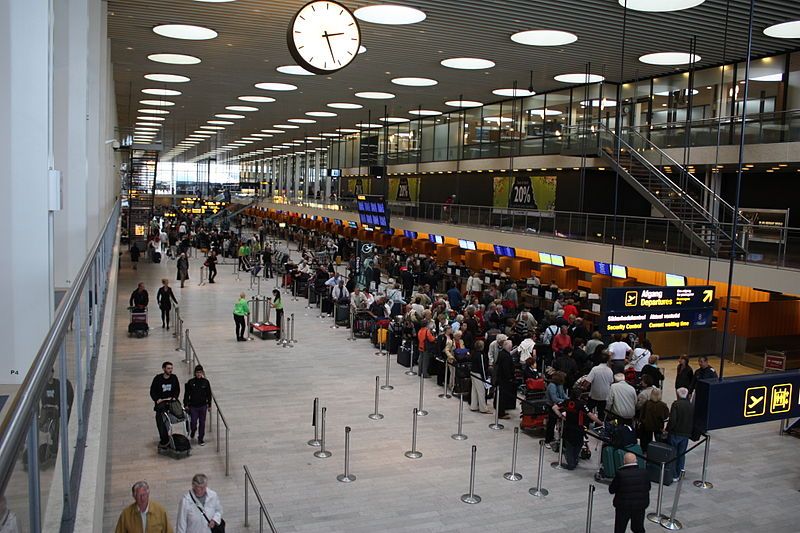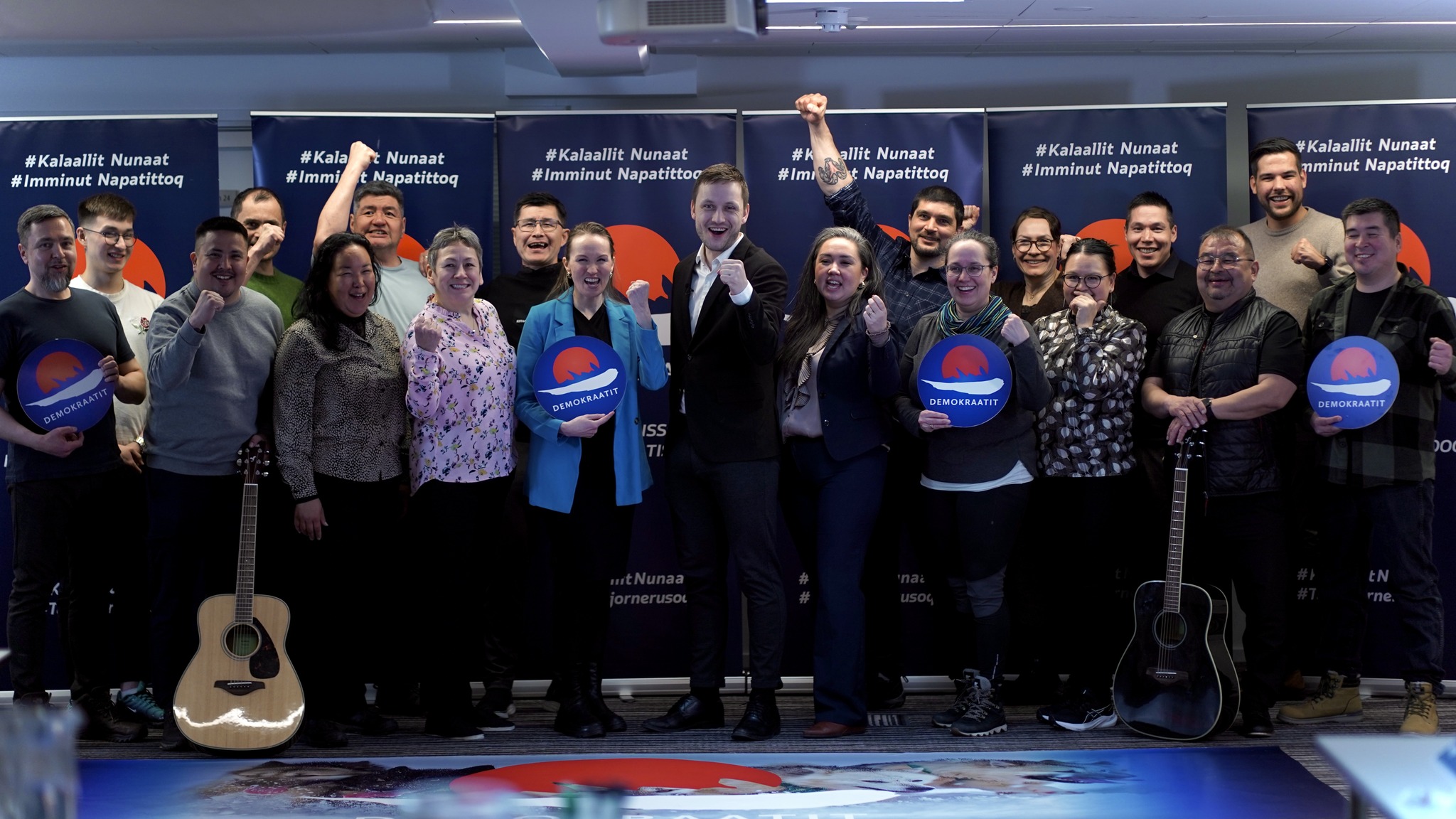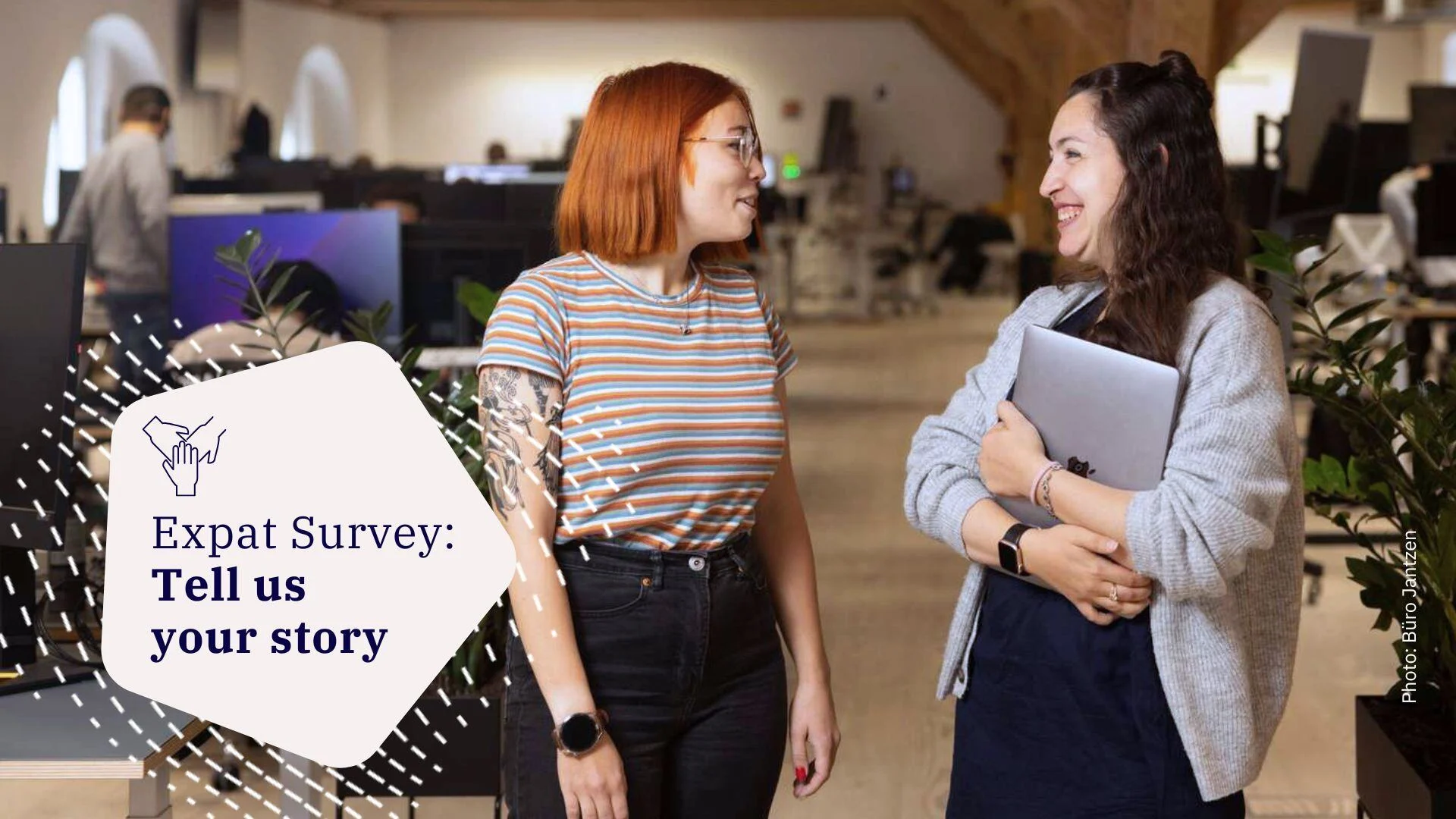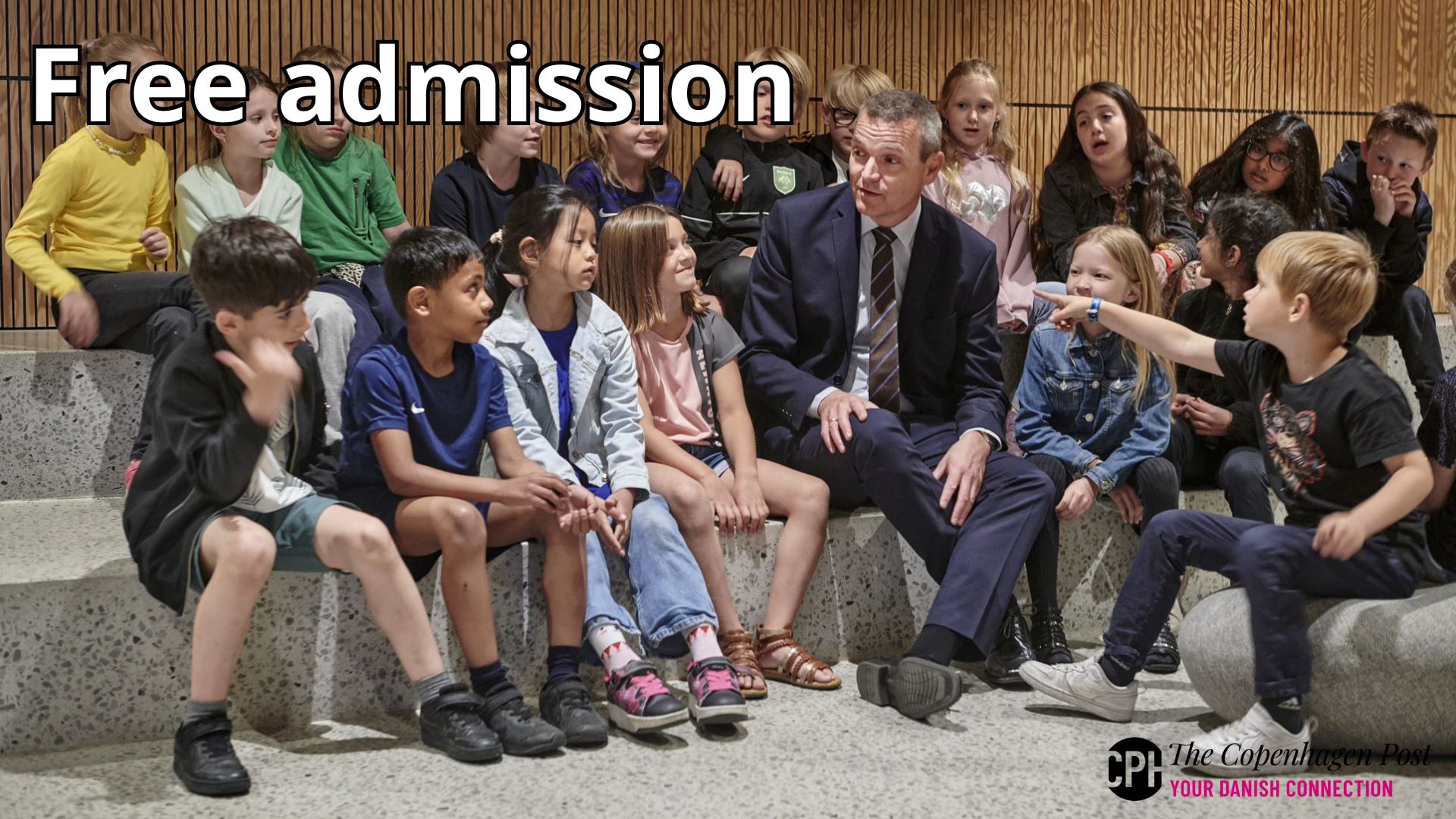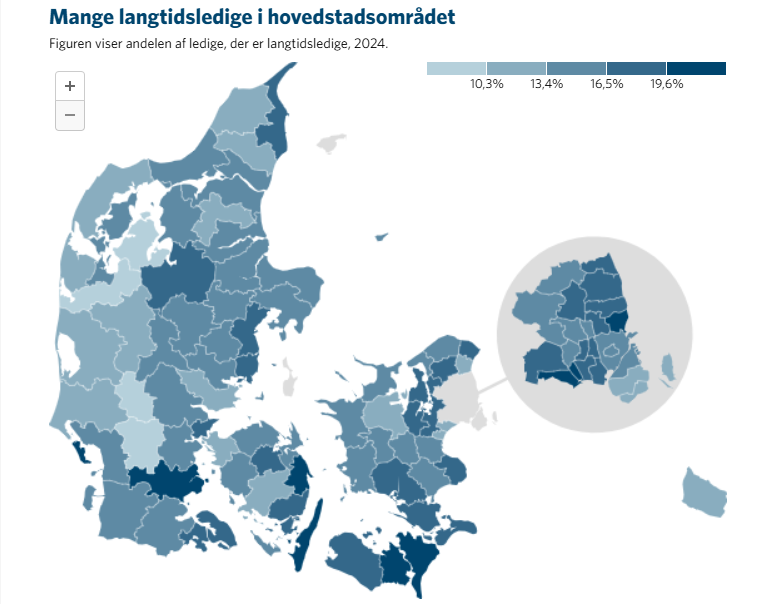The Copenhagen Post recently caught up with Lars Østergaard Olsen, the managing director of Lightyears, one of Denmark’s leading contemporary lighting manufacturers.
READ MORE: One literal light-bulb moment later: a globally-respected industry
In September the company opened a new showroom in the Calrsberg City District in a listed building used by the Danish brewing giant until 2008 that still oozes history. A 50-tonne cylinder, used for CO2 processing, hangs from the ceiling alongside some rather exquisite decorative lighting.

Lightyears' new Copenhagen showroom
CPH POST: Could you tell me more about the space?
Lars Østergaard Olsen: As you can see there’s a lot of it, over 300 sqm. We really love the space and it was great to get it from Carlsberg. We open by appointment only. It’s a place where we meet interior designers, architects and journalists – like you. I’ve actually just had a meeting here with our US distributor who’s in town.

Monica Förster's first design for Lightyears is Lullaby. The Swedish designer used stone paper with ash lamellae and was inspired by childhood imagination.
CP: Am I right in thinking you are a collection of designers?
Lars: Our designers aren’t on the payroll; they’re freelance and have their own businesses. We start with an idea we hope will be profitable. We then get in touch with the designer who we feel will be best to help come up with the design, and we discuss whether we would like them to do this or that with the light – a design brief.
CP: Why are designers attracted to Lightyears? Is it the brand you have developed?
Lars: We’re just nine years old, so we’re not an old company, but we’re not a beginner – not any more. I think in professional circles – designers, architects and people who work with design as a living – their awareness of Lightyears would be quite high. In a global context, some of our products are recognised around the world. You could say designers are doubly important for us. We use them to create products, but we also use them in the process of selling products because they’re often the ones making the specification on how the new hotel or restaurant should be decorated.
CP: Are there different schools of designs within the company?
Lars: We try to keep what we call a ‘red thread’ through all out product families. Our lights need to be in the same room here, so they mustn’t scream at each other. When you work with so many different materials, that can be a challenge. We like to create warm islands of light that only illuminate specific areas.

Caravaggio is one of Lightyear's most famous designs
CP: Could you tell me about Lightyear’s history?
Lars: It’s a long story – I’ll try and keep it short. About ten years ago I was hired as CEO of Danish company Horn Lighting. They’d been making lighting for over 50 years and were the second largest in Denmark and listed on the Copenhagen Stock Exchange. But the' 90s were difficult for the company and it was reduced to third of its size.
I was hired at that stage, late 2003, to make a turnaround but it was too late. I think the company was beyond saving so we decided to sell some parts off and develop new concepts. I wanted to hire a new product manager to take care of the new development side of the new range. It soon became clear that he brought something much more valuable to the company. He knew many Danish designers through his work at Louis Poulsen. His great network gave us the possibility to do something more interesting.
The old company was targeting the volume market and we wanted to do something else – to climb higher in the market with a higher price and much higher quality – and do something different, be something new. There weren’t all that many alternatives if you wanted new or contemporary Danish design at that time. That part of the market was dominated by the Italian companies. We wanted to be this new, fresh, Danish alternative bringing high value for money – that was the aim.
CP: Have you succeeded with that vision?
Lars: Yes, I think we have. We’re still here, we’ve been growing and business is going well. We’ve expanded sales to more than 60 countries. You can find our products in Google offices, Apple offices, IBM, HP and Facebook’s new headquarters.
CP: Is there something special about Denmark and lighting design?
Lars: I think you have to be Danish to fully understand. We live in a part of the world with several dark months, so light is important to us. We’ve also been lucky to have some famous designers like Poul Henningsen who created lights sold all over the world. He was a master of controlling light, creating designs that gave you a beautiful, soft, comfortable light – although maybe not as efficient as newer designs. The work he did was very important in how we experience and perceive lighting. If you go to southern parts of Europe – France, Italy or Spain – you don’t find very much control of light. We don’t like that – light has to be controlled and comfortable. It has to be pleasant and work for you.

The company's prototype workshop
CP: How did the company weather the financial crisis?
Lars: We were launched as a company in 2005 and everything was booming. 2006 and 2007 were good, but in 2008 growth was flat. We had just spent a lot on hiring people and marketing so we had high investment followed by a slump. But of course we had. Everyone had that challenge, and we had to adapt. After that we had good custom. We cut down a little and adjusted our strategy.
CP: Where do you see the company going in the future?
Lars: I think we’re going to stick with what we’re doing – that’s the business we’ve been doing well in. You see companies expanding into furniture or vice-versa – we don’t have any plans to do that. It can make sense, but we don’t see ourselves as anything but a lighting company – but never say never! We would like to get bigger and stronger, and we’d like to grow our purchasing.
CP: What’s behind the success?
Lars: One thing working in our favour is the New Nordic Design wave. In areas of the world where we normally face difficulties – where the taste tends to be more flamboyant like in the Far or Middle East – simplicity and functionality are getting greater recognition.
It’s an interesting direction. If you buy lighting, you expect it to deliver nice light; you expect it to illuminate something and do it in a nice way. And then, of course, it has to look good and that’s a matter of taste. Taste is moving from diamonds and gold and lots of artistic impressions to a little more in our direction.
We have a saying here at Lightyears that form follows function. In a nutshell, Danish design today is simple and functional. If there’s part of a design that doesn’t have function, it’s not there, it shouldn’t be there.
We’re looking at a very interesting period where we will probably see breakthroughs in markets where we wouldn’t normally see them. When we send people out, we get good feedback. They meet interest, whereas before it might have been a closed door.



